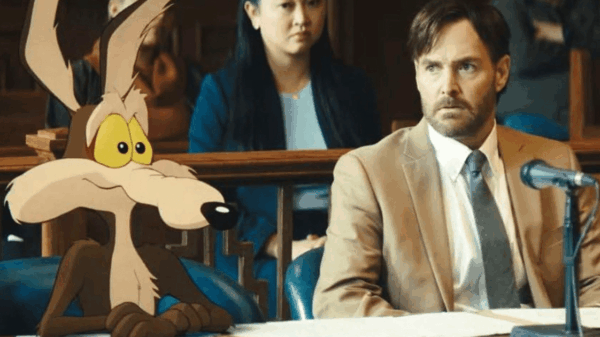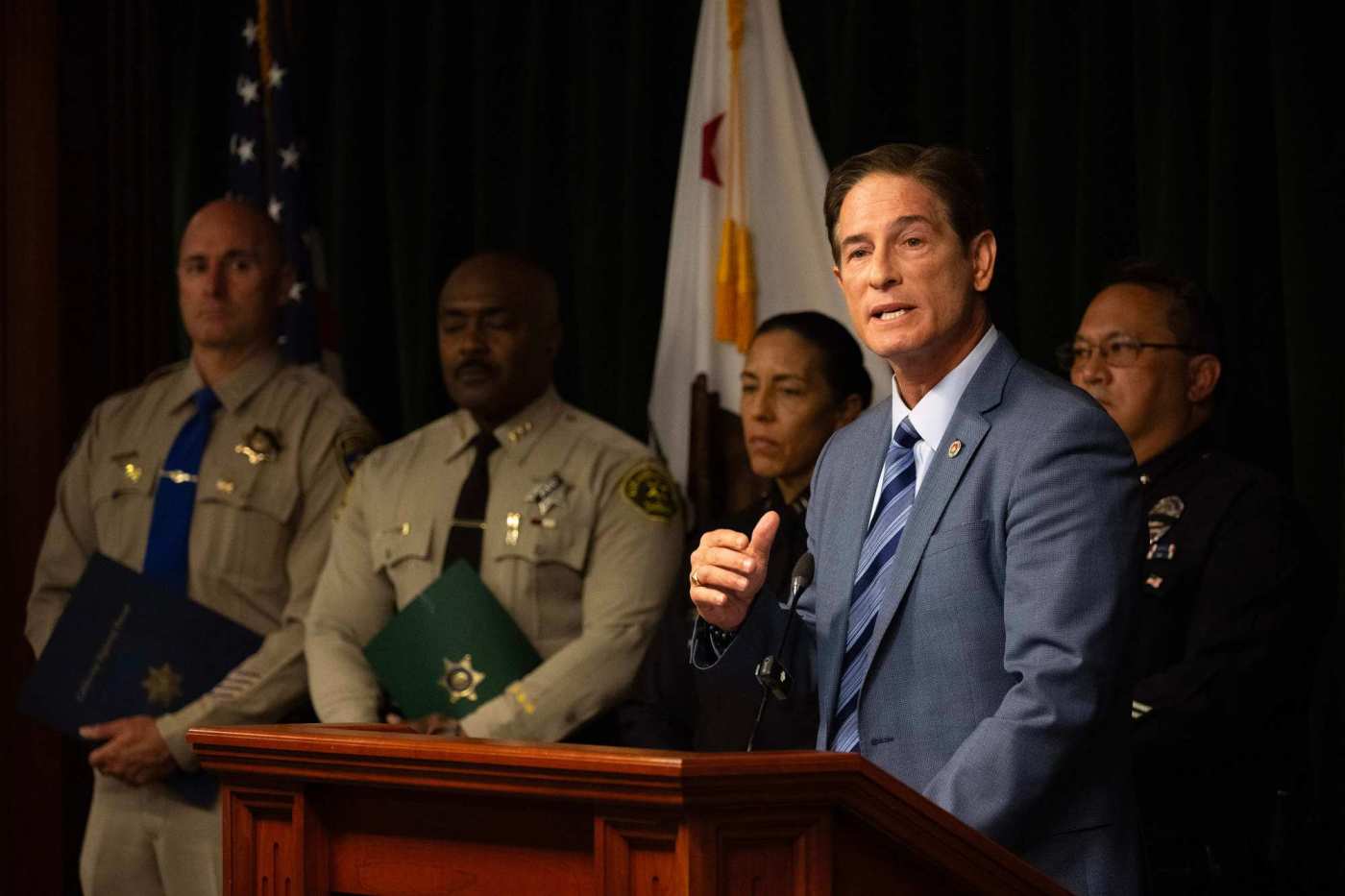Los Angeles District Attorney Nathan Hochman has announced a renewed commitment to pursue the death penalty in cases of special circumstance murder, reversing a policy established by his predecessor. This decision comes despite California’s ongoing moratorium on capital punishment, raising questions about the motivations behind his push for death sentences.
In March, Hochman instructed his office to evaluate every special circumstance murder case, emphasizing consultation with the survivors of murder victims. He stated his aim was to ensure that any punishment sought by the office would be “just, fair, fitting, and appropriate.” This statement appears inconsistent with the reality that California lacks an active execution protocol and that the state has not conducted an execution in years.
Critics argue that Hochman’s decision disregards the will of Los Angeles County voters, who previously supported Proposition 62 in 2016, which aimed to repeal the death penalty. The proposition failed statewide by a narrow margin, but it received majority support in Los Angeles County. This raises concerns about the DA’s apparent disregard for local opinion on capital punishment.
The organization Death Penalty Focus, which advocates for the abolition of the death penalty, has thousands of supporters in California. The group points to troubling statistics from the California Committee on Revision of the Penal Code, which found that 95% of those sentenced to death in Los Angeles County were people of color. Among the 223 individuals convicted in the county, 49% were Black, 28% were Latino, and 15% were white.
Hochman’s decision has elicited a strong response from various community members, including victims’ families. Bethany Webb, whose sister was a victim of a mass shooting in Orange County in 2011, has publicly opposed the use of the death penalty in similar cases. Despite her opposition and that of other victims’ families, the Orange County District Attorney pursued capital punishment, resulting in a protracted legal battle that concluded with a life sentence for the perpetrator due to prosecutorial misconduct.
The implications of Hochman’s return to capital punishment extend beyond legal considerations; they touch on broader societal issues. Critics argue that the death penalty perpetuates a cycle of violence and does not serve the interests of justice. In a climate where public support for the death penalty is waning, the DA’s decision poses a significant political risk, as local constituents have expressed their disapproval of state-sanctioned killing.
As Hochman embarks on this contentious path, the question remains: who truly benefits from the revival of the death penalty in Los Angeles? The costs associated with pursuing capital punishment are substantial, diverting resources away from community programs and services. According to estimates, pursuing a death penalty case can cost taxpayers millions, a fact that raises further doubts about the fiscal responsibility of reopening this debate.
The community’s response to Hochman’s decision will likely shape the future of capital punishment in Los Angeles and could influence potential legislative actions in California. As the dialogue around justice and equity in the legal system continues, the DA faces increasing pressure to align his policies with the values and beliefs of the constituents he serves.
In an era when the moral and practical implications of the death penalty are under scrutiny, Hochman’s approach highlights a divide between institutional practices and the evolving perspectives of the public regarding capital punishment.







































































